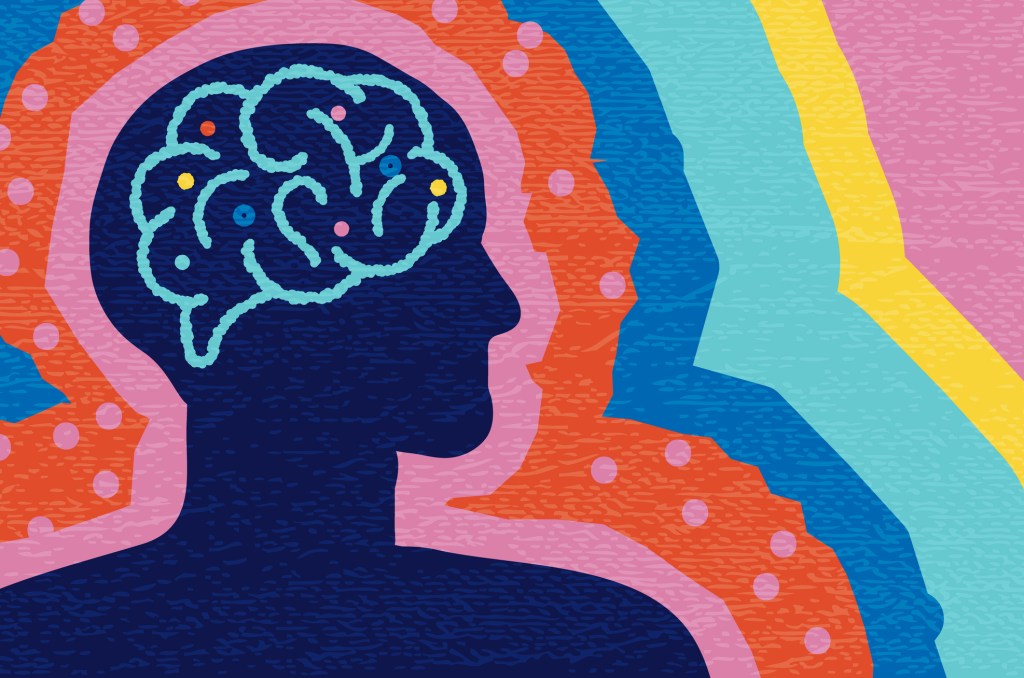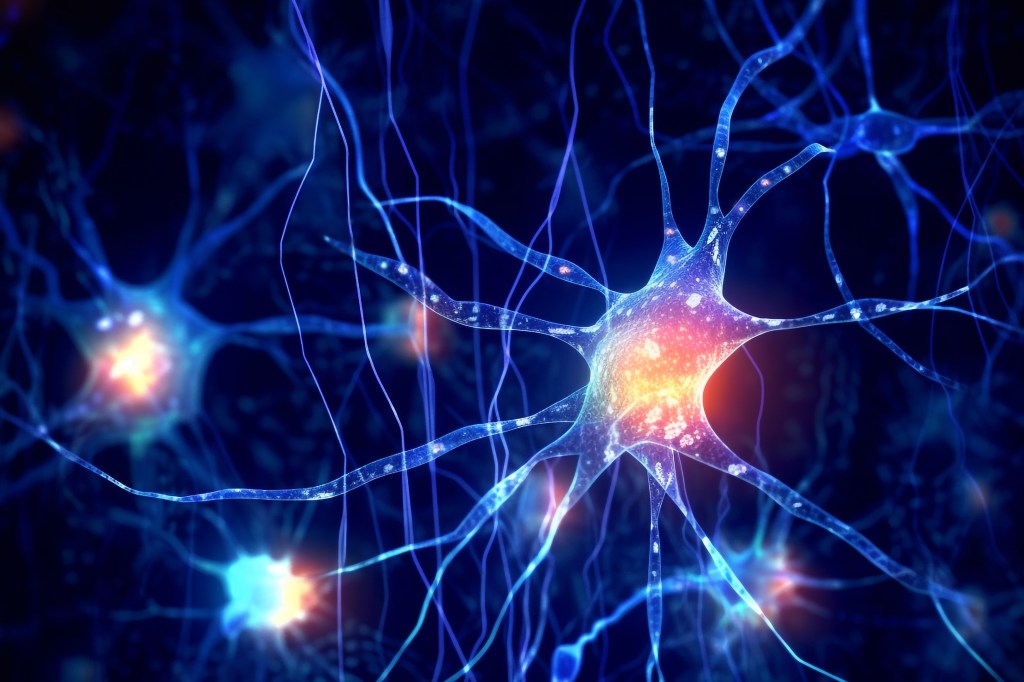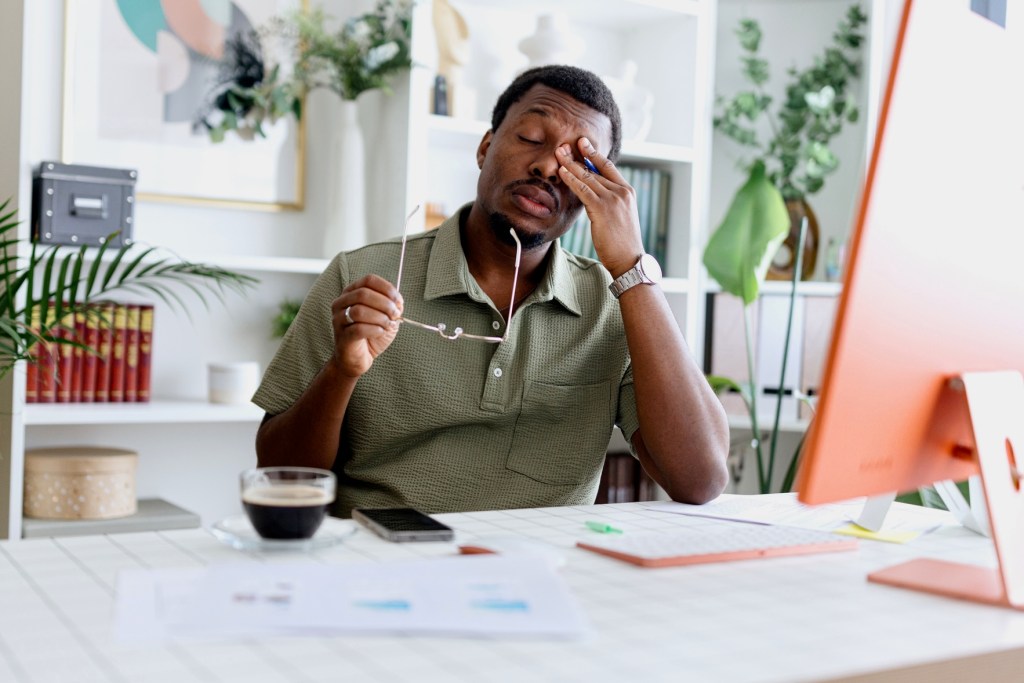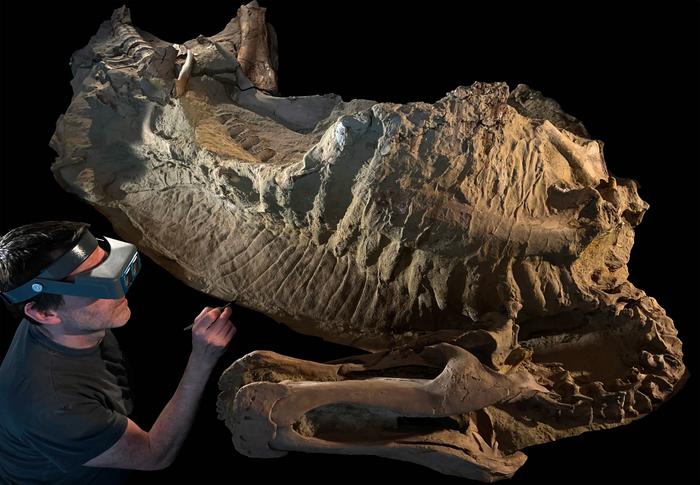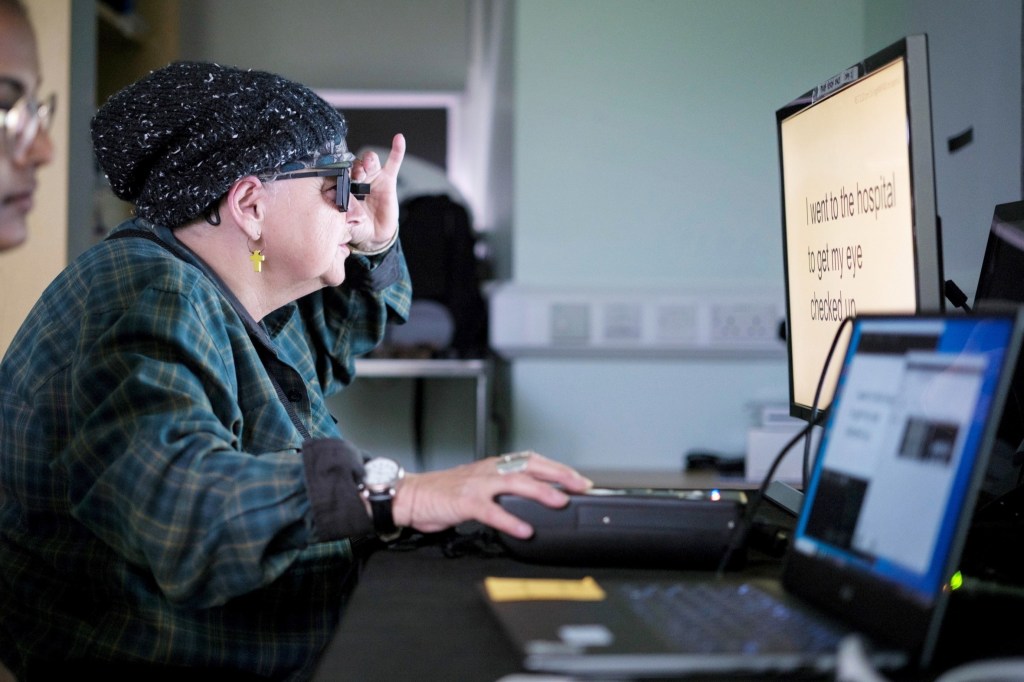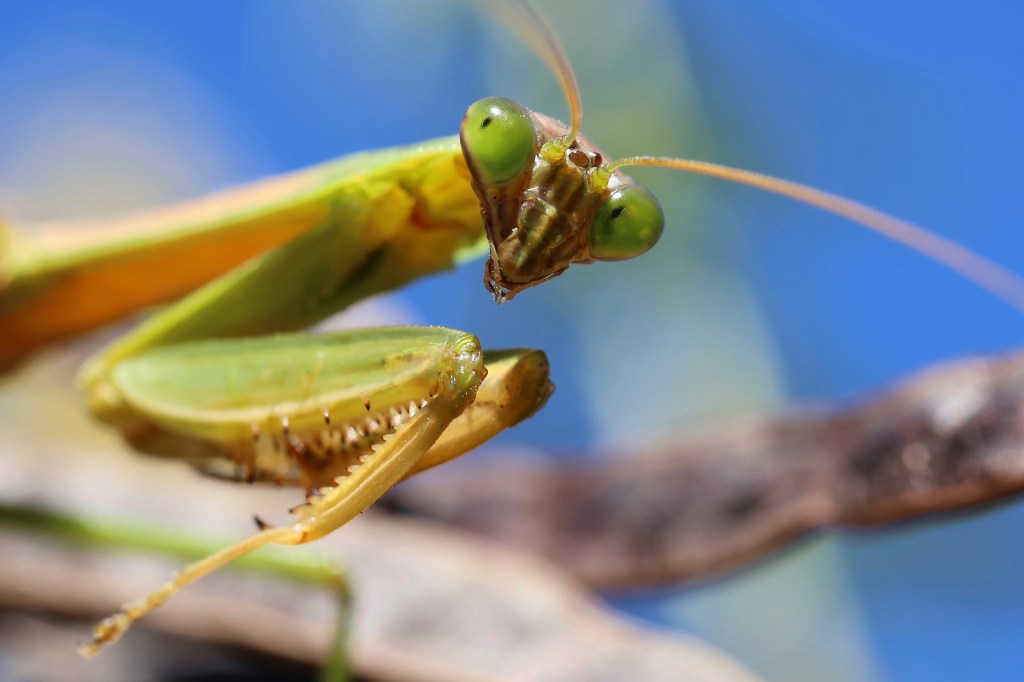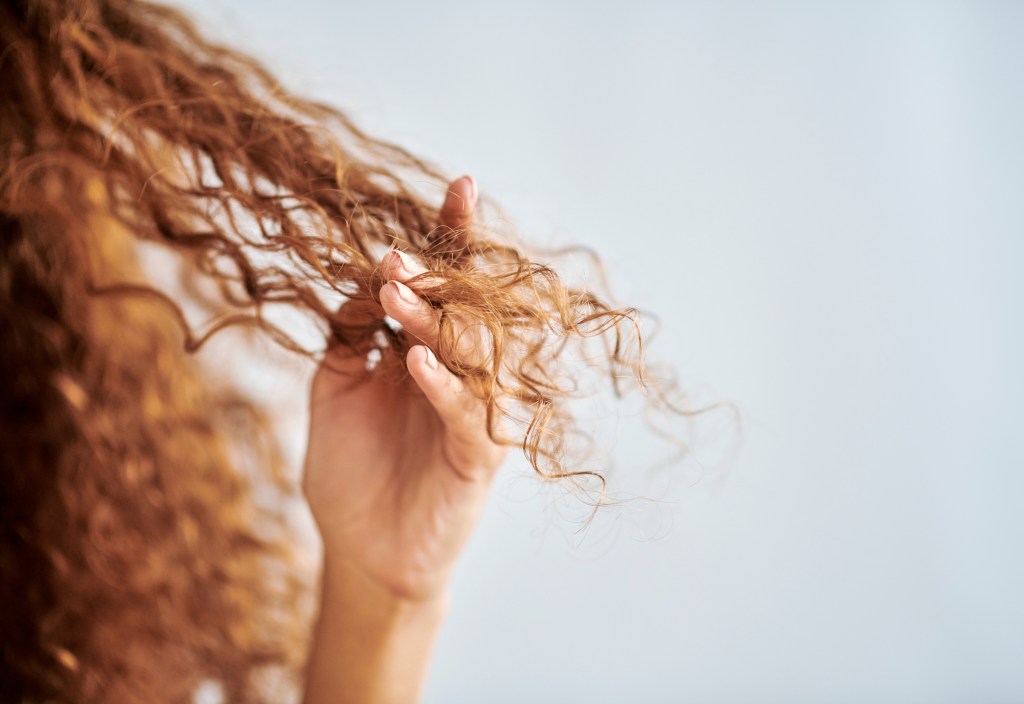Writing Builds Resilience by Changing Your Brain, Helping You Face Everyday Challenges
This article was written by Emily Ronay Johnston, an assistant teaching professor of global arts, media and writing studies, at the University of California, Merced, for The Conversation — a nonprofit news organization dedicated to sharing the knowledge of researchers and scientists, under a Creative Commons license. Read the original article here. Ordinary and universal, […]


